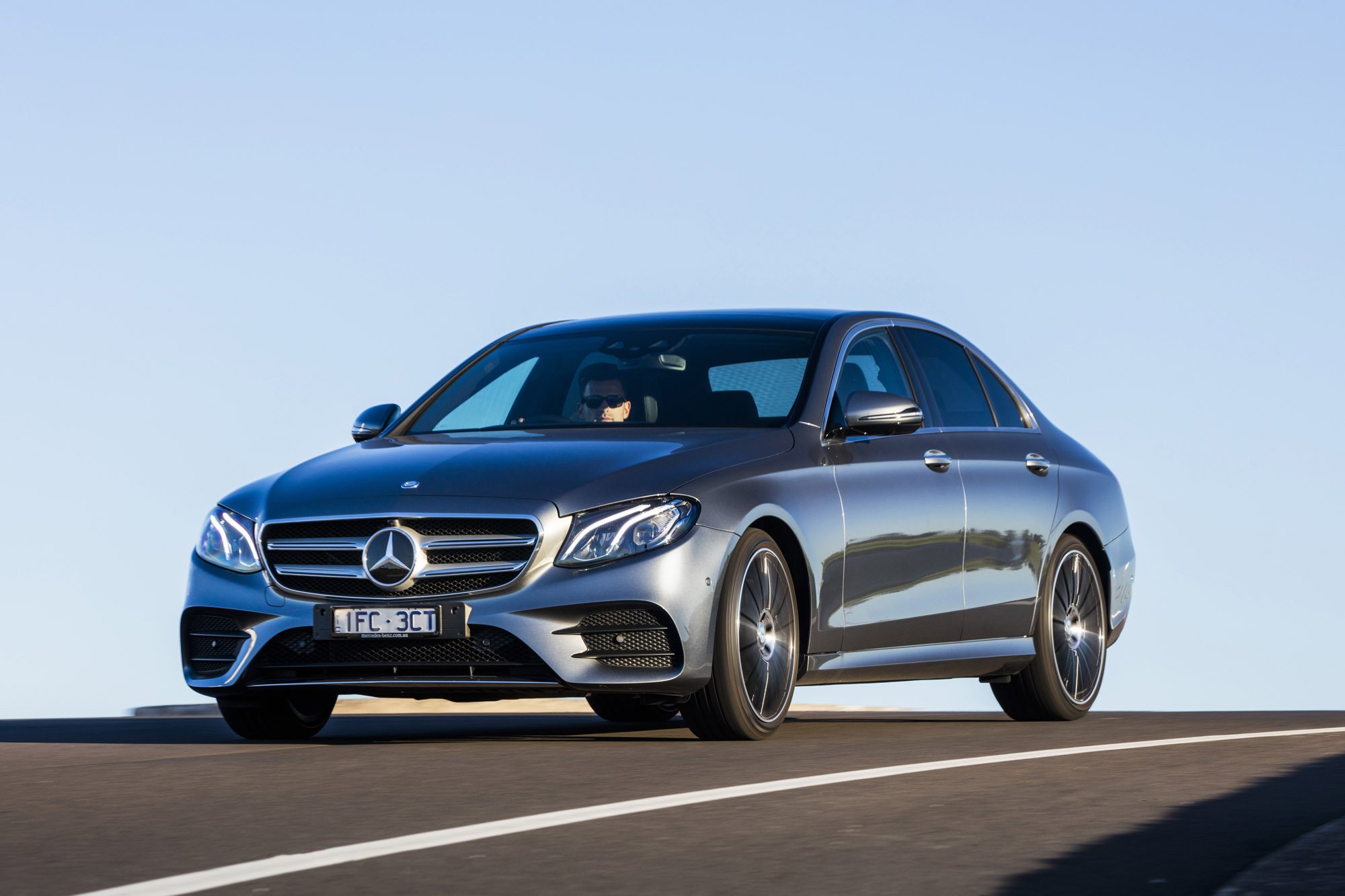

They will likely electrically extend out automatically when the driver approaches or someone touches their outer surface and retract when not in use. Seamless handles flush with the doors will further accentuate the side view. The beltline rises aggressively in the next-gen model, lending the car a sportier look. Spy pictures (via Auto Express) snapped during on-road testing indicate that, as expected, the 2023 E-Class will borrow design cues from the latest S-Class and C-Class models. However, it won’t be near the EQS or EQE in Cd, designed in the wind tunnel. Sharper lights and new aerodynamic enhancements around the bonnet, the windshield, and the fenders should bring down drag and improve fuel efficiency. The exterior and interior of the next-gen Audi A6 rival will be inspired by the new S Class and C Class. Design inspiration for the 2023 Mercedes E-Class will come from the new C-Class (pictured) and S-Class saloons. This comes on the back of a dedicated EV platform, the Mercedes EVA, which debuted on the Mercedes EQS, giving designers the freedom to rethink the proportions of the sedan. We use the word ‘equivalent’ because Mercedes designers will distinguish the E-Class from the EQE, unlike the EQC-GLC or EQA-GLA pairs, making one vehicle quite futuristic and another in the classical form. A market launch is expected in the first half of 2023, about a year after the all-electric Mercedes EQE – the pure EV equivalent of the E-Class. Road testing of the 2023 Mercedes E-Class commenced last year. According to an AutoZeitung report, entry-level variants of the next-gen 2023 Mercedes E-Class (code: Mercedes W214) will feature a 48V mild-hybrid system as standard, whereas higher up in the range, a plug-in hybrid system will be the norm. The ‘only-electrified’ powertrain strategy isn’t a one-time application reserved for the new C-Class family. Update: ‘On the 2023 Mercedes E-Class Engines’ section updated.


 0 kommentar(er)
0 kommentar(er)
